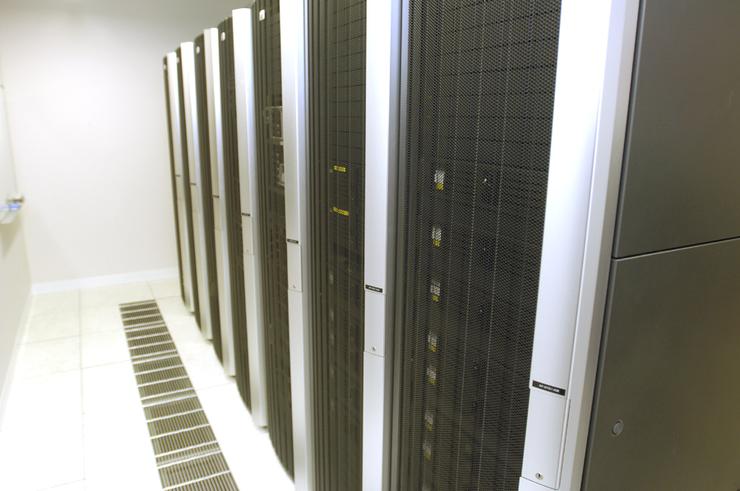iSoft has announced it is halfway through a three-year IT transformation aimed at connecting its global offices, positioning the e-health company for further rapid growth and developing a proactive information infrastructure.
According to the iSoft’s CIO Martin Wilkinson, the transformation -- driven by a move to new premises, strong sales growth and the acquisition of several businesses -- has seen the company move from a bolt-together infrastructure to a new state of the art IT facility and global network in the last 18 months.
Using a private MPLS network the company has connected its 4500 staff across operations in Australia, Europe, the UK and India through a company-wide, Cisco-based VoIP solution and a Tandberg-based combination of 25 mobile and 26 static videoconferencing endpoints, with the goal of cutting down executive travel.
iSoft has also consolidated suppliers and moved to enterprise agreements, signing HP for 95 per cent of its servers across the group, Dell for the other 5 percent, Microsoft for software, Cisco and Juniper for Networking gear, and is looking to standardize its desktops and notebooks with a single supplier.
A new HP-designed and built data centre based at its Sydney headquarters has also been installed. The centre, four times the size of its previous centre and offering considerable power savings, has supported the company’s move toward a private cloud and greater use of virtual infrastructure.
The setup includes D-Series HP servers, an EMC SAN, a Dell server rack, VMware, and Riverbed Steelhead appliances.
“What we are doing is taking all core business applications into a centralised environment as they’re all mission critical and leveraging that global environment to create our own private cloud,” Wilkinson says. “We are no longer are we constrained by physical boundaries.”
By way of example, Wilkinson says that while the company’s head office is based in Sydney, the commercial employee management system on which it has standardised is hosted in its UK office, but accessible globally.
“We are also building a virtual desktop infrastructure in India for the development staff in other centres of the world,” he says. “The idea is to be able to access the desktop which is closest to the server that holds the source code. So, we have a development team in Spain, but it uses PCs based in India through a remote desktop.”
In line with the move to the new data centre, iSoft has also run an aggressive consolidation program, which has so far seen the company rationalise 250 business applications down to 120. Its server estate has been reduced from 1000 physical servers around the globe to below 500 and counting.
Join the CIO Australia group on LinkedIn. The group is open to CIOs, IT Directors, COOs, CTOs and senior IT managers.
















